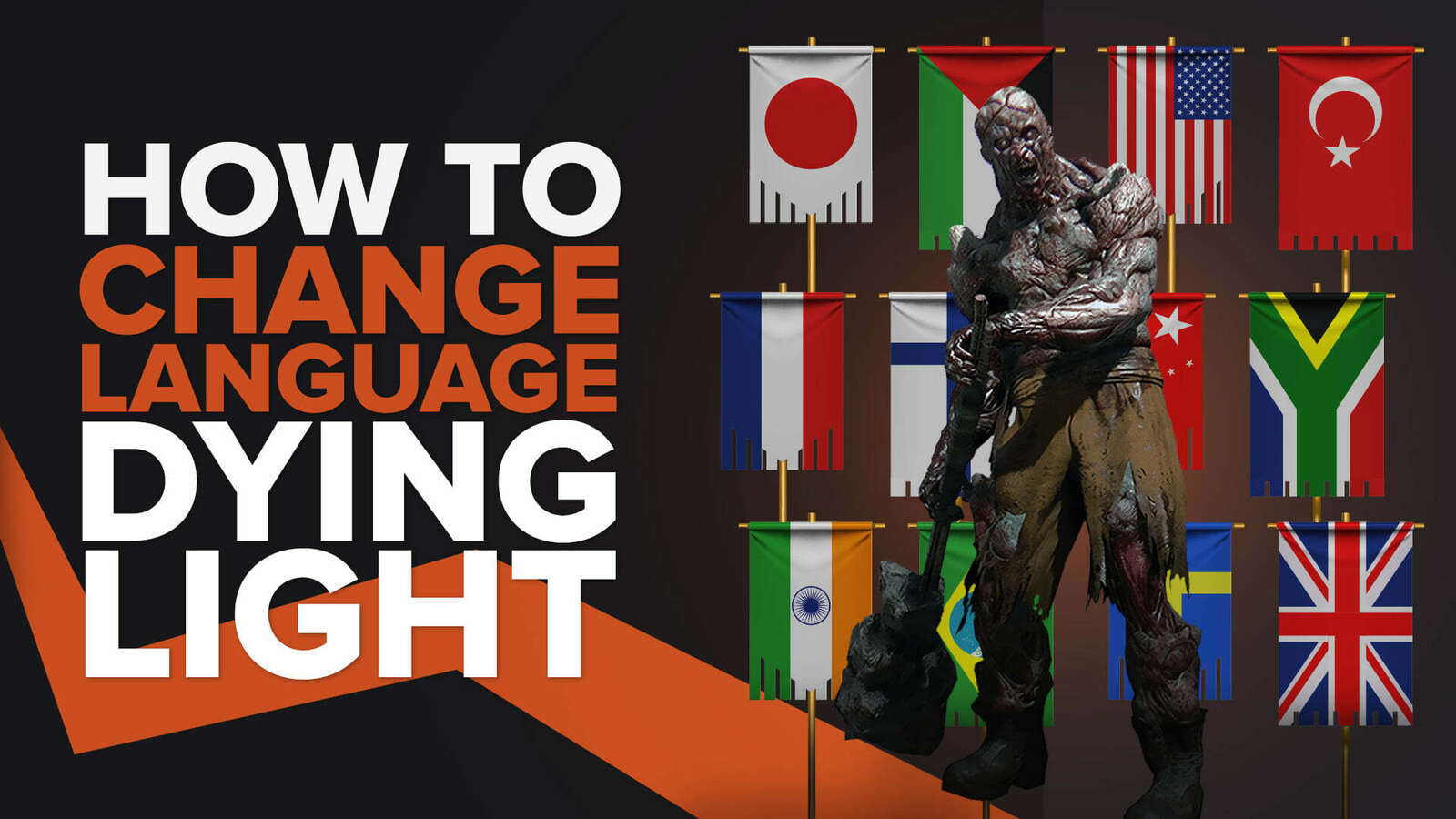![[Solved] How to improve your FPS in Dying Light 2 in a few clicks](https://theglobalgaming.com/assets/images/_generated/thumbnails/341554/how-to-increase-fps-dying-light_94948129f3d674eb46f0eebb5e6b8018.jpeg)
For most PC players, it's always a challenge to find the best graphical settings for their setup. If that's your case now that you are playing the newest Dying Light 2, don't worry. In this article, We'll show you how to improve your FPS in Dying Light 2. Before reading the article, you must also know how to show your FPS in Dying Light 2.
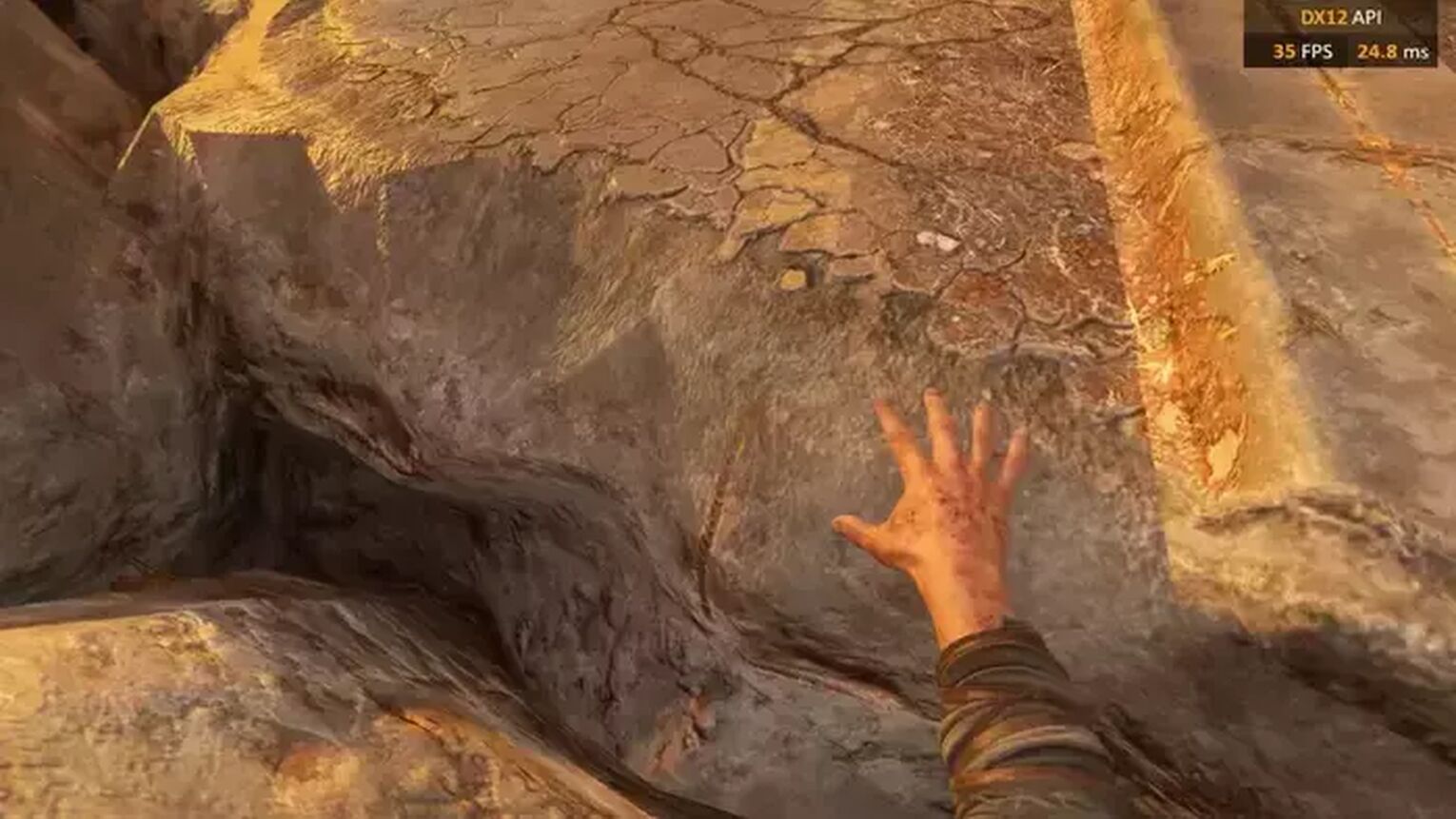
Method #1: Increase FPS by Optimizing the Graphics Settings in Dying Light 2
There are a good amount of graphical settings available in Dying Light 2, and testing these game settings can be really complicated. It's not an exact science, and the settings values can differ depending on your computer's hardware. So, we have picked the best game settings based on performance over visual fidelity that can work in most cases.
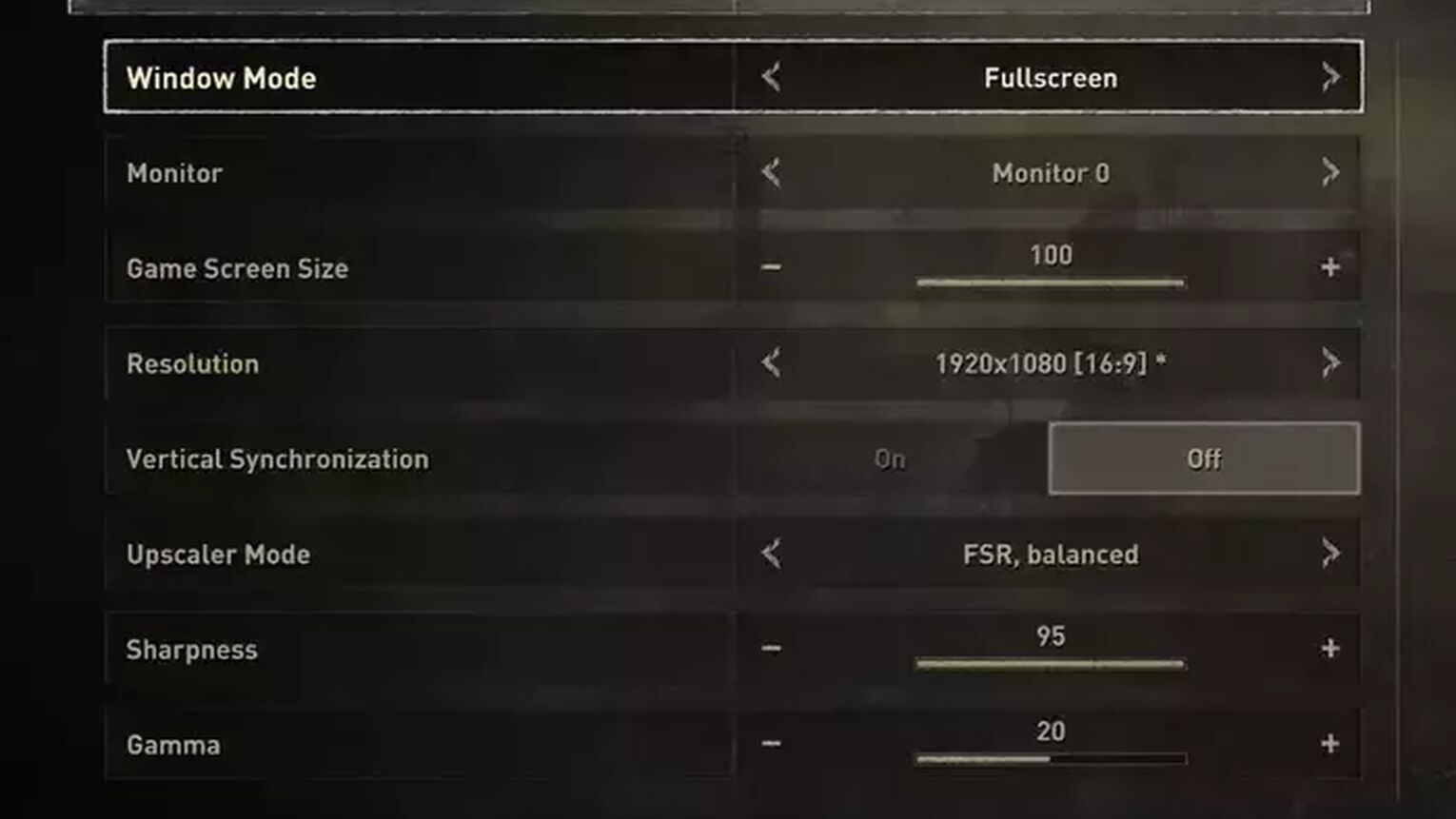
Recommended Video Settings for Dying Light 2:
Window Mode: Fullscreen. By far the best display mode when it comes to system performance. Borderless and Windowed are recommended if you are using two monitors and you need to navigate between them as many streamers do. But if it's not your case, always choose Fullscreen resolution. It's the best of all the settings.
Game Screen Size: 100. If your monitor has a non-conventional screen size, you can adjust this option to make the display image fit on your screen.
Resolution: Keep it at the native resolution of your monitor. In most cases, that's 1920x1080. It's the standard full HD 1080p. There's no point in going above your monitor's native resolution. If you go below that, the visual quality and fidelity of the game will be severely compromised.
VSync: Off. Also called Graphical Quality Vertical Synchronization. This feature tries to keep visual integrity by preventing screen tearing, but it uses a lot of graphical memory.
Upscaler Mode: FSR, balanced. This option can save memory and performance by allowing the Dying Light 2 to render in lower resolution and then upscaling it to the final form without losing texture filtering quality.
Sharpness: 95. This option allows you to change the sharpness intensity of the Upscaler Mode.
Gamma: Preference. This option is purely personal preference and doesn't interfere with the game's graphical quality.
Field of View: 0. Also called FOV, this option defines how much of the observable world can be seen at any given moment. Changing this can impact the Dying Light 2 performance.
Film Grain Effect: Off. This visual effect is really distracting and takes a little of your performance. So we recommend you keep it off.
Motion Blur Effect: 100. This option doesn't interfere with the Dying Light 2 performance. You can turn it off by putting the number at 0.
Distance Blur Effect: Off. It's the same as the Motion Blur Effect, but for objects that are far away.
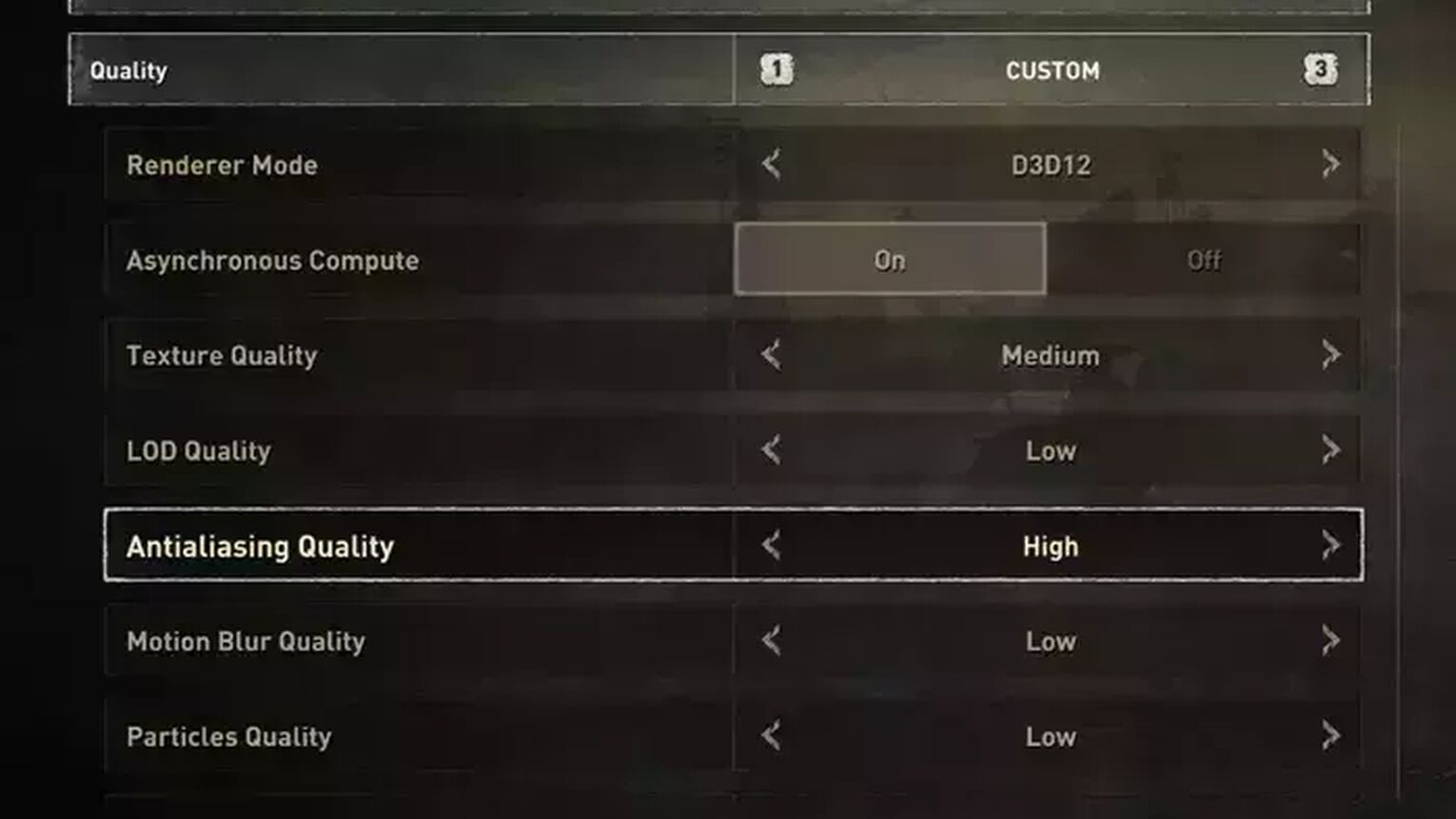
Recommended Advanced Graphics Settings for Dying Light 2:
Renderer Mode: D3D12. This sets the DirectX version you want to use. We recommend you use DirectX 12 if possible. You can check that using the NVIDIA control panel on any NVIDIA graphics card.
Asynchronous Compute: On. If you are using DX 12, this option can increase FPS on the latest GPUs.
Texture Quality: Medium. Of all the graphical settings, texture quality is the one that can give you more visual fidelity, but it's also the heaviest for you to run. So if you want maximum performance, texture quality should stay at low. But we do recommend you at least try the Medium setting.
LOD Quality: Low. This changes the spawn distance for some objects increasing the visual quality at larger distances. But the visual fidelity loss is minimal.
Antialiasing Quality: High. The visuals are greatly improved by setting this option to High, and the performance loss is minimal. It will smooth all the surface edges of the game.
Motion Blur Quality: Low. If you are using motion blur, you can change its quality using this setting. You can increase to medium motion blur quality if you feel the need for more visual fidelity.
Particles Quality: Low. This controls the quality of all the particles in Dying Light 2, such as fire, smoke, rain, etc. This feature can be really costly, so choose the low particles quality always.
Sun Shadows Quality: Very Low. This sets the quality of the rendering sun shadows. If you feel too much loss in visual fidelity, a Low sun shadows quality is recommended, anything above that can compromise the Dying Light 2 performance.
Contact Shadows Quality: High. This effect has a minimal cost and greatly improves the visual of the character's faces and weapons.
Ambient Occlusion Quality: Low. This setting simulates ambient light occlusion and it can really improve the game's visuals. You can set it to high ambient occlusion quality if you feel the need.
Global Illumination Quality: Medium. This controls the quality of lights in the outdoor areas. If you are feeling the need for more performance, choosing a low global illumination quality can be a viable option.
Reflections Quality: Low. In some systems, this feature doesn't take much from your performance. You can test using a high reflections quality setting to see if that's your case.
Fog Quality: Medium. Fog is something very present during the whole Dying Light 2 campaign. The loss in visual fidelity for this feature may not be worth it compared to the performance gain.
Postprocess Quality: Low. This feature isn't too relevant, so keep it always low.
Method #2: Close Background Apps
A simple thing that can increase your overall frame rate is to close all the unnecessary programs you are not currently using. Communication apps like Discord and Skype or your internet browser can consume your memory, causing many performance issues. On Windows, you can see the list of apps running in the background in the task manager. Here's a step-by-step guide to know how to close these apps:
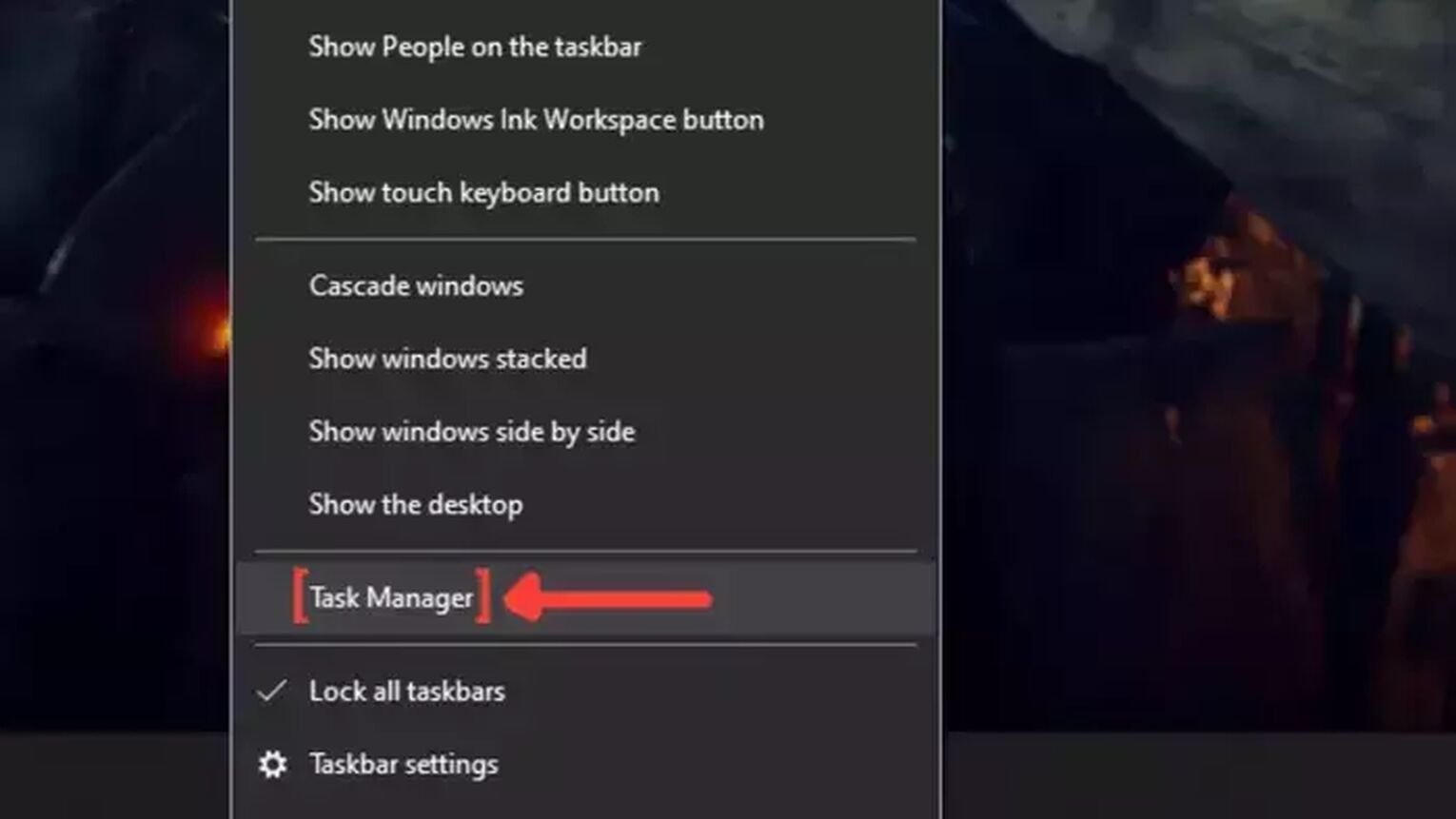
Right-click on the Taskbar, and click on Task Manager.
Click on the Memory column. It will show the apps in descending order, with the ones with more memory usage appearing first. Select the apps that you want to dismiss and click on End task.
Go back to play Dying Light 2.
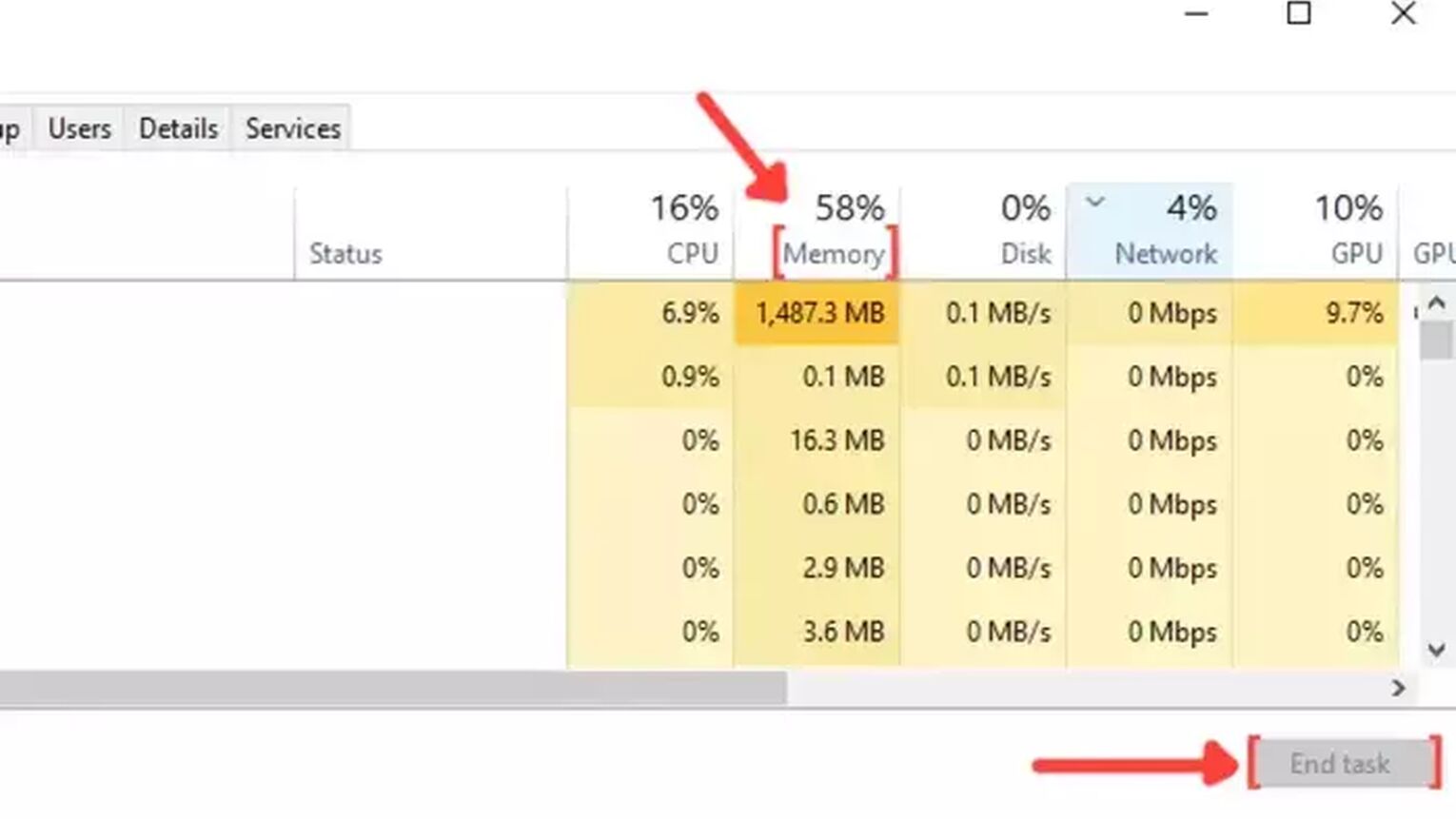
Method #3: Update your Graphic Drivers
Another simple way to improve your overall performance is to update your graphics card drivers. Sometimes these updates don't happen automatically, so be sure to download the latest graphics driver if you have been dealing with FPS drops while playing Dying Light 2. Just follow this simple guide to learn how to update your graphic drivers:
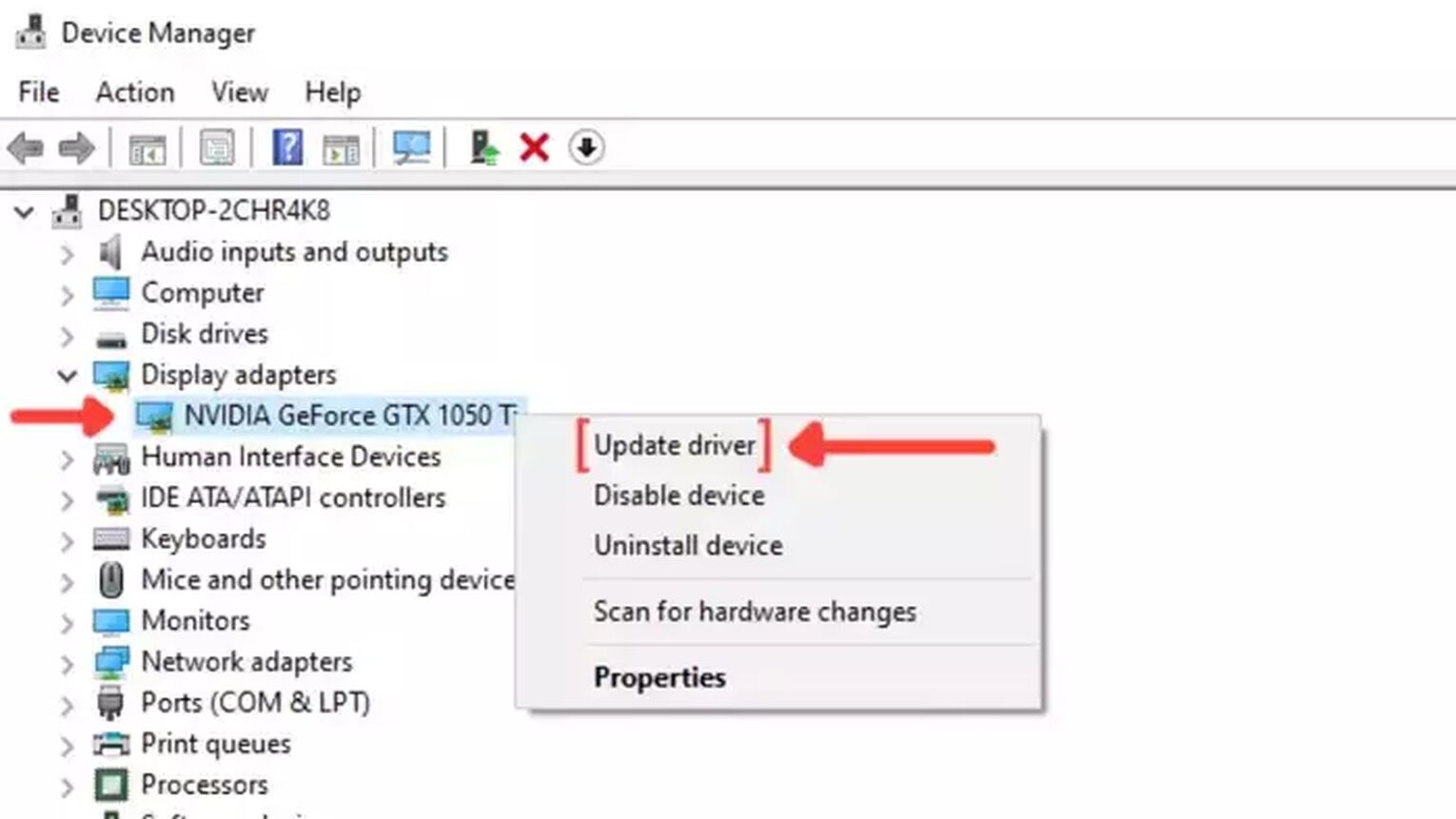
Go to the Windows search bar, search for Device Manager, and hit Enter.
Click on Display adapters to collapse the list, and right-click on the first option. It should be your graphics card name.
Click on Update driver, and choose the Search Automatically for drivers option.
The system will see if you are using the latest drivers of your Network driver. If not, it will automatically download and install the new drivers.
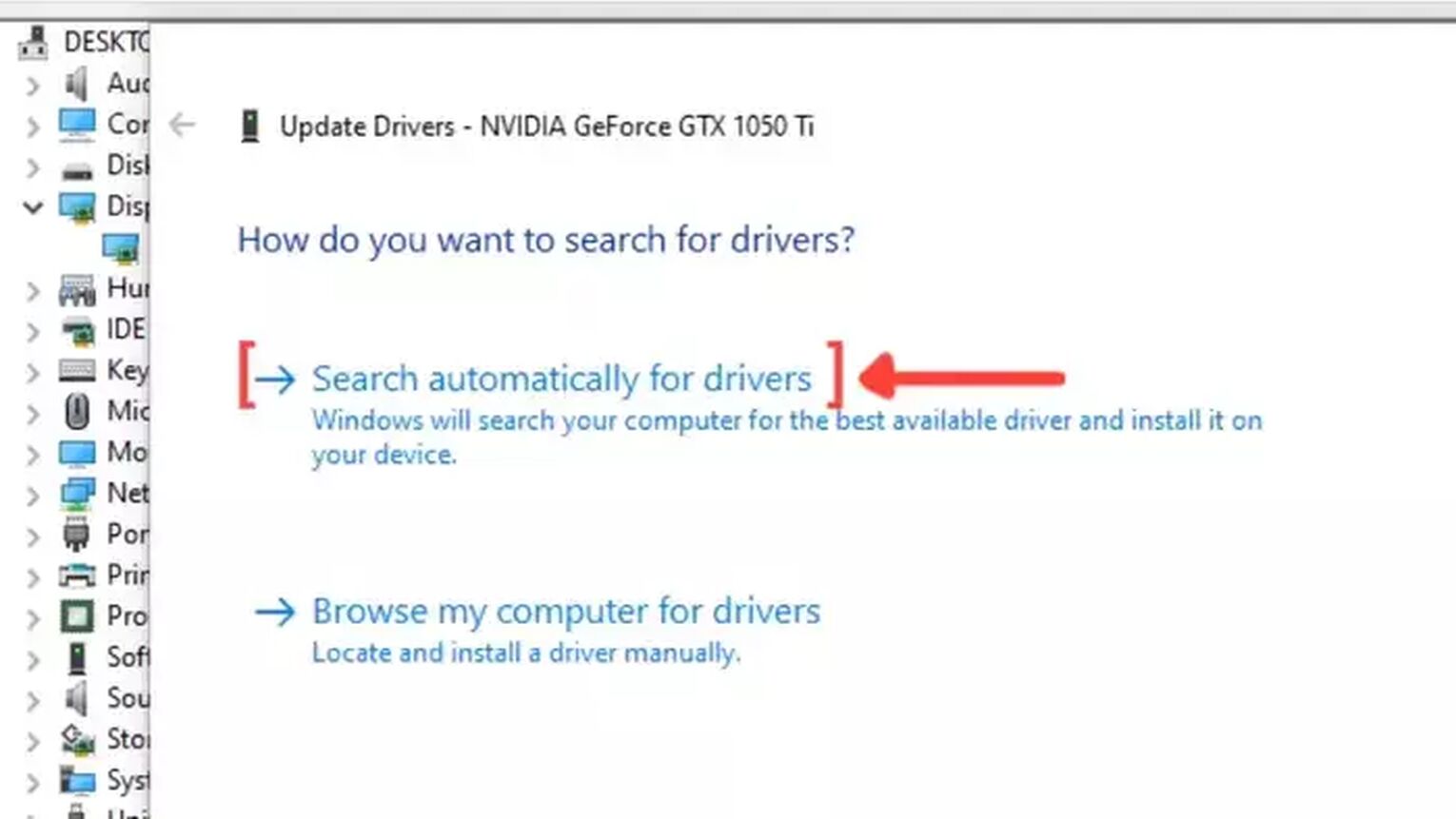
If you want more tips about improving your FPS in any game, check out one of our related articles on how you can improve your FPS in Dead By Daylight. Now, if you want to know how to display your ping, check out our article on how to show your ping in Dying Light 2.


.svg)


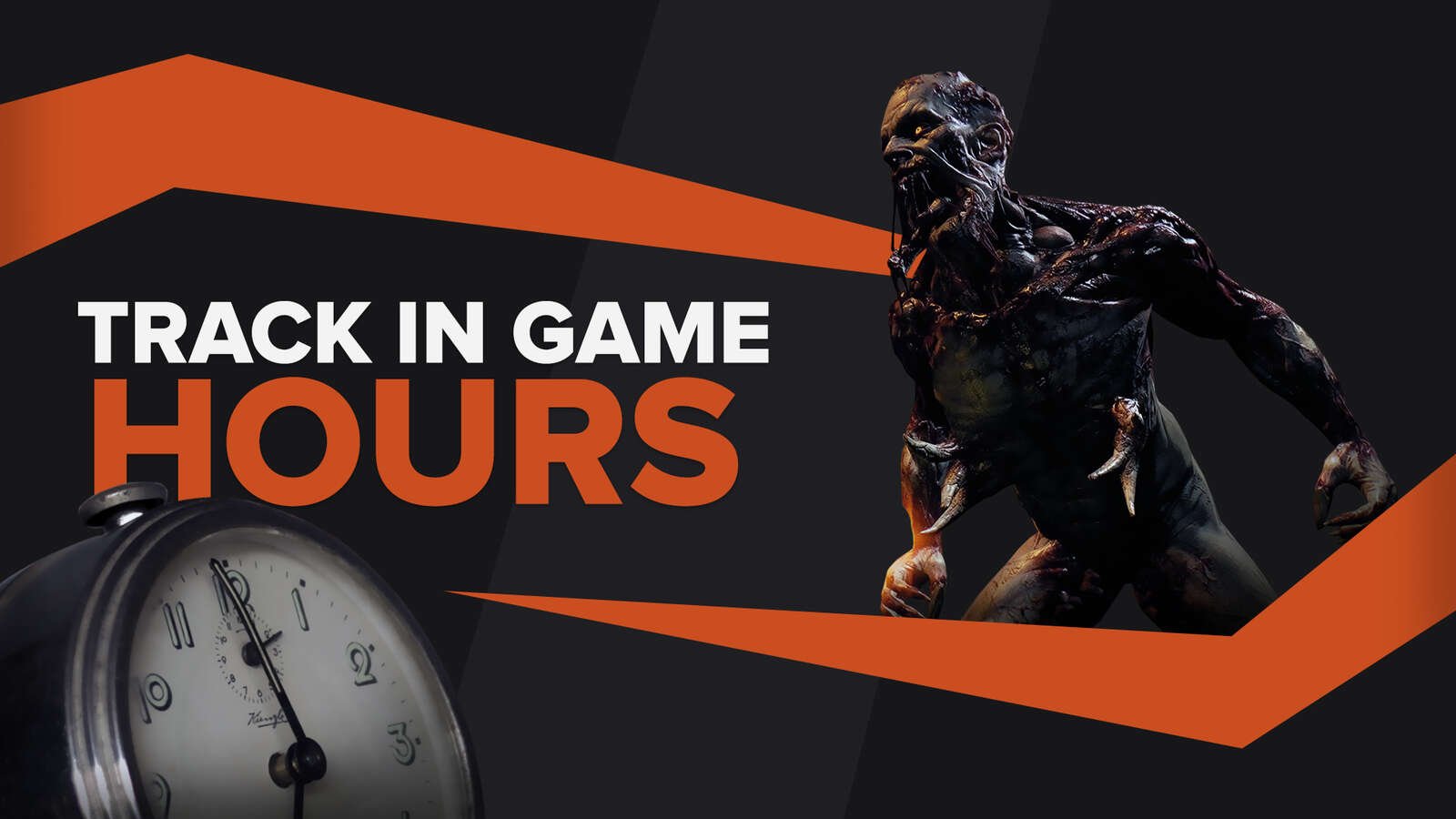
![Dying Light 2 File Size For All Platforms [Current Version]](https://theglobalgaming.com/assets/images/_generated/thumbnails/63161/6253072f0ca8bce0cfe57a5c_download20size20Dying20light202_03b5a9d7fb07984fa16e839d57c21b54.jpeg)
